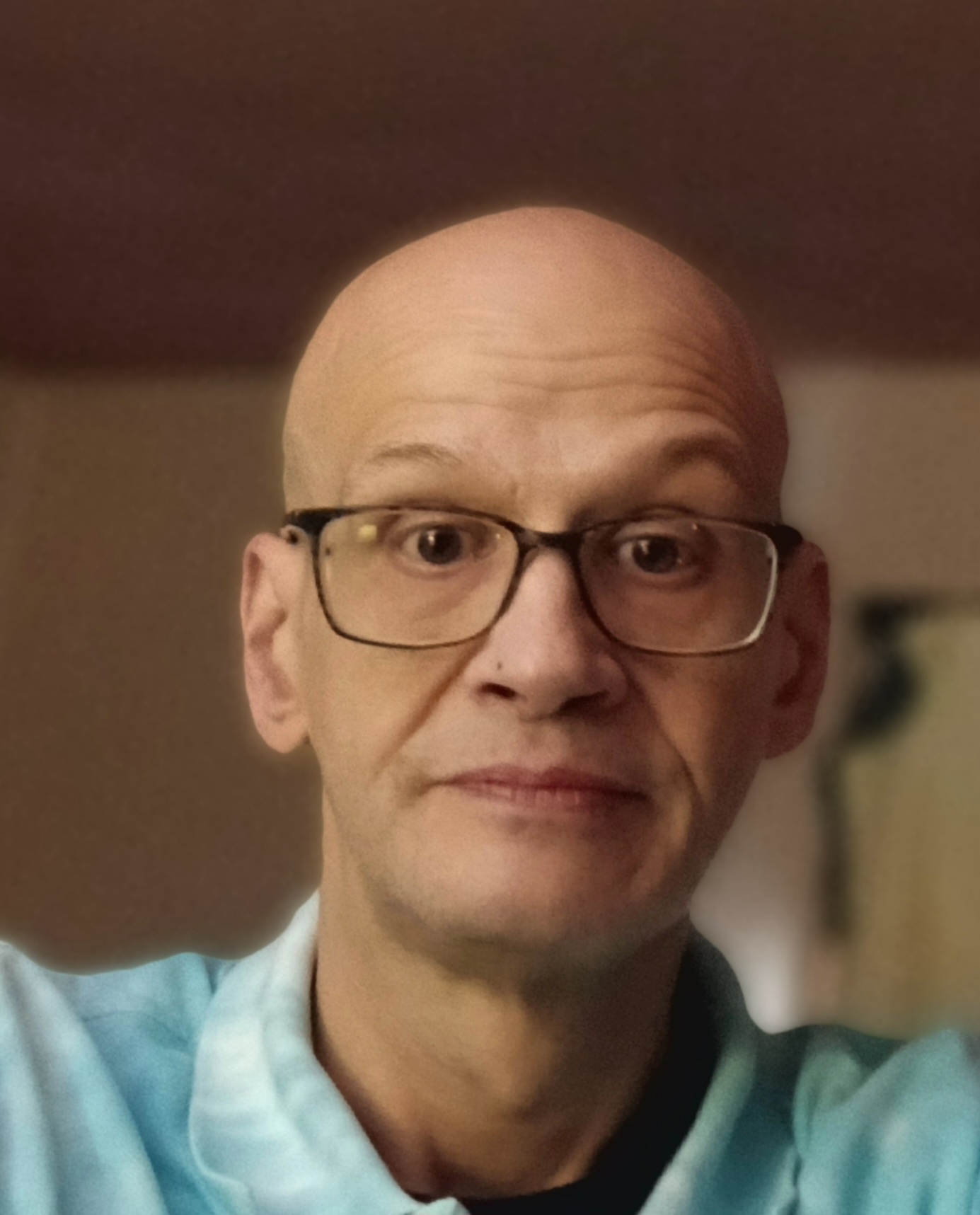All Human Anatomy and Physiology Resources
Example Questions
Example Question #71 : Human Anatomy And Physiology
Which muscle helps to rotate the neck and can be seen (and palpated) when the head is turned to one side?
Sternohyoid
Anterior scalene
Middle scalene
Trapezius
Sternocleidomastoid
Sternocleidomastoid
The sternocleidomastoid muscle is a powerful muscle that inserts at the mastoid process posterior to the ear. It originates down at the clavicle and manubrium and its contraction is the major muscle movement or protrusion one sees when the neck is turned to one side. This muscle also helps in respiration by raising the superior most rib via its attachment to the manubrium. The middle scalene originates from the transverse processes of the lower six cervical vertebrae, and inserts on the superior aspect of the first and second ribs; its function is to elevate the first two ribs, and contralateral rotation of the head. The anterior scalene has the same action as the middle scalene, but its origin is does not include C2, and it inserts only on the first rib. The sternohyoid, as its name suggests, originates on the manubrium of the sternum, and inserts on the hyoid. Its action is depression of the hyoid. Thee three groups of muscle fibers that make up the trapezius work in concert to control movements of the scapula.
Example Question #72 : Human Anatomy And Physiology
What is the function of the lateral pterygoid?
Pulls the cheeks into the teeth
Closes the mouth
Moves the jaw forward (protraction) and from side to side
Moves the corners of the mouth down
Moves the jaw forward (protraction) and from side to side
Tee lateral pterygoid moves the jaw forward (protraction) and from side to side. The medial pterygoid is responsible for elevating the mandible and closing the mouth. The buccinator sucks the cheeks in towards the teeth and helps during suckling in neonates. Finally, the depressor anguli oris pulls the corners of the mouth down, as in frowning.
Example Question #73 : Human Anatomy And Physiology
How many muscles coordinate the rapid and precise eyeball movements?
There are 6 muscles that coordinate eyeball movement. They are the inferior oblique, lateral rectus, superior rectus, medial rectus, inferior rectus, and the superior oblique.
Example Question #14 : Muscles
What muscle's sole action is movement of the eye to look towards the nose?
Lateral rectus
Superior rectus
Medial rectus
Inferior rectus
Medial rectus
The medial rectus moves the eye to look towards the nose. The superior rectus moves the eye to look up and towards the nose. The lateral rectus moves the eye to look out towards the side. The inferior rectus moves the eye to look down and towards the nose.
Example Question #15 : Muscles
What extrinsic eye muscle rotates the eye up and out to the side?
Superior oblique
Inferior oblique
Lateral rectus
Medial rectus
Inferior oblique
The inferior oblique rotates the eye to look up and to the side. The medial rectus moves the eye to look towards the nose. The lateral rectus moves the eye to look out to the side only. The superior oblique rotates the eye to look down and out towards the side.
Example Question #21 : Identifying Muscles Of The Trunk, Core, And Head
Which muscle(s), when used as an accessory muscle of ventilation, function(s) to expand the thorax posteriorly?
Pectoralis minor
Serratus anterior
Pectoralis major
Internal intercostals
External intercostals
Serratus anterior
Although it is not its primary function, when used as an accessory muscle of ventilation, the serratus anterior helps expand the thorax posteriorly. When used as accessory muscles, the pectoralis major and minor expand the thorax anteriorly. The external intercostals are not accessory muscles of ventilation, and they expand the thorax anteriorly and laterally. The internal intercostals are not accessory muscles either, and the function during expiration, which decreases the dimensions of the thorax.
Example Question #22 : Identifying Muscles Of The Trunk, Core, And Head
Which of the following is considered a vertical muscle in the anterolateral group of abdominal muscles?
Internal oblique
Rectus abdominis
transversus abdominis
External oblique
More than one of these
Rectus abdominis
There are five muscles in the anterolateral group of abdominal muscles (three flat muscles and two vertical muscles). The three flat muscles include the internal and external oblique and the transversus abdominis. The two vertical muscles include the rectus abdominis and pyramidalis muscles.
Example Question #23 : Identifying Muscles Of The Trunk, Core, And Head
Which of the following trunk muscles does not attach to the first rib?
Longus colli
Middle scalene
Anterior scalene
Subclavius
Longus colli
The anterior scalene attaches to the transverse processes of the cervical vertebrae and the first rib. The subclavius attaches to the first rib and the clavicle. Like the anterior scalene, the middle scalene attaches to the transverse processes of the cervical vertebrae and the first rib. Although the longus colli has attachments on the thoracic spine, it does not attach to the ribcage.
Example Question #24 : Identifying Muscles Of The Trunk, Core, And Head
The trapezius muscle is innervated by which of the following nerves?
Accessory nerve
Intercostal nerves
Sacral nerves
Thoracic nerves
Accessory nerve
The trapezius muscle is one of the superficial, upper back that originates in the spinous processes of C1-C7. Of the possible nerves, only the accessory nerve innervates muscles in the upper, superficial back. The trapezius is one of two muscles that is innervated by the accessory nerve, the other being the sternocleidomastoid.
Example Question #25 : Muscles
The function of the superior oblique muscle is to move the eye in which direction?
Inferiorly
Laterally
Superiorly
Medially
Medially
The superior oblique muscle in the upper/middle part of the eye. That means that when this muscle contracts, the eye will be pulled towards the center of the face. In anatomical position, this action is described as a medial, or towards the midline, rotation.
Certified Tutor
All Human Anatomy and Physiology Resources








